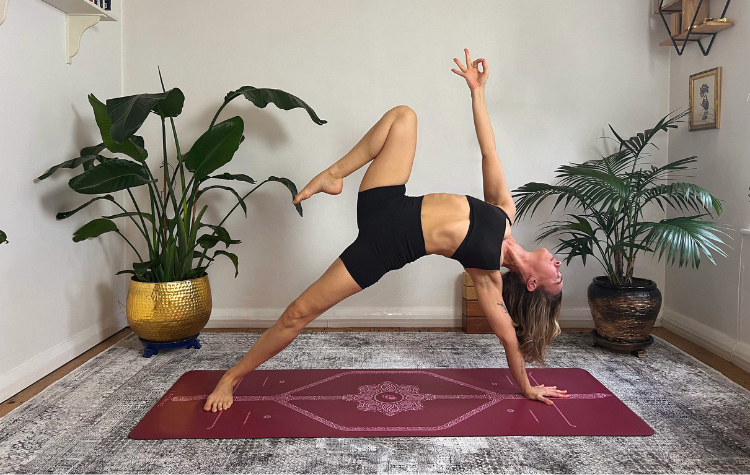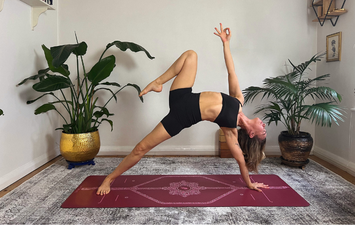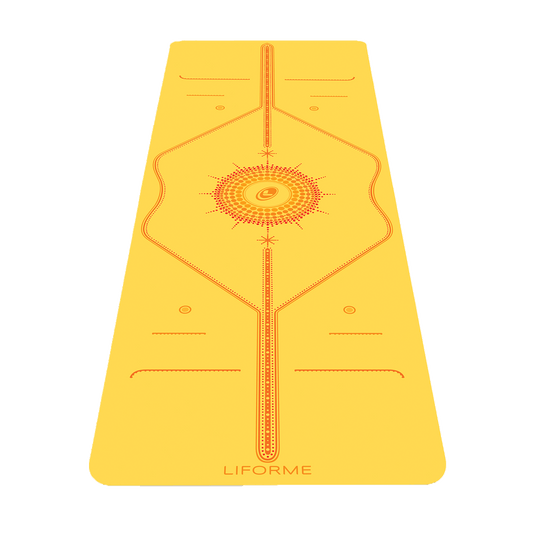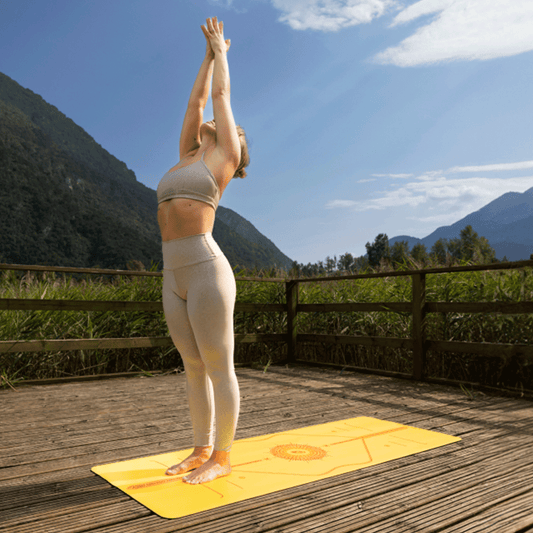If you mention meditation in casual conversation, be prepared to get a few wild-eyed stares and rapid changes of the subject. Meditation stands where yoga was not so many years ago: a lot of people know it’s out there, but they don’t understand how to do it. Even as it edges into the conversation, the idea of meditation still freaks some people out. It seems mysterious, mystical, and definitely hard. The prospect of sitting alone with the contents of your own skull is enough to make anyone profoundly nervous! But, if you’re doing the physical type of yoga we call asana, you’ve already opened the door to the possibility of meditative experiences.
Preparing Body and Mind for Meditation
We know from ancient sources that basic yoga postures were intended to loosen up the practitioner’s body so that sitting for long periods during meditation was not so uncomfortable. As it turns out, doing yoga asana not only prepares your body for meditation, it also prepares your mind. Asana introduces us to two things that are immensely important in meditation:
1. The power of the breath to connect your mind to the present moment.
2. How to tune in wholly to the sensations in your body, both gross and minute.
You could even say that asana is the gateway to the hard stuff: seated meditation.

Breathing Lessons
Just as there are innumerable approaches to the physical side of yoga, there are many different ways to meditate. In the Buddhist tradition of mindfulness, a meditative state is experienced when you direct all your attention toward a single point of focus.
In seated meditation, that focus is often on the sensation of breathing. When the mind wanders, as it inevitably does, you practice noticing your thoughts (inducing that mind-blowing moment when you realise you’re both thinking and observing yourself thinking), letting them go, and returning your attention back to the breath. Vinyasa yoga actually provides an excellent training ground for this breath-centred approach.
Before starting yoga, you may not have given much thought to your breath. Since it happens whether you notice it or not, why waste your mental energy on it? Vinyasa practice brings your breath to the fore because each movement is coordinated with either an inhalation or an exhalation. During deep stretches and long holds, the breath acts an anchor, tethered to both your body and your mind.
Focusing your attention on your breath allows you to get past the screaming in your thighs during an interminable Utkatasana. It helps lengthen your spine and deepen your forward bends and twists. It lifts you into backbends and lowers you into Chaturanga Dandasana. Doing yoga places the breath at the centre of your awareness.
Taming the Monkey Mind
Your mind is an active, busy place. That’s totally normal. It’s often easier to quiet the mind when the body is also active and busy. Yoga asana’s intense physicality can act as a point of focus that entirely absorbs your attention. When you’re really stuck in to a yoga position, the physical sensations in the body become immersive. Thoughts like ‘deepen your knee,’ ‘ok, level your hips,’ ‘shoulders down the back now,’ may scroll through your mind, but you don’t engage with them longer than necessary.
You can emerge from a series of poses and realise that it’s been several minutes since you worried about your job or wondered what to have for dinner. It’s a huge relief to get a break from the near-constant narrative inside of your head and it’s one of the reasons why yoga feels so good. It’s also a glimpse into the promise of meditation, which seeks to access a similar feeling of spaciousness within the mind.
Now, Come to Sit
As you experience meditation in motion using the physical body as your focal point and are introduced to the idea of mindful breathing, you’re developing the skills (and the hip flexibility!) to approach seated meditation more comfortably. It takes discipline and practice to be able to sit in stillness, but given meditation’s ability to reduce stress and anxiety, improve concentration and well-being, and help you chill the heck out, it’s worth the effort. When you're ready, our beginner's guide to meditation will help you get started.





































